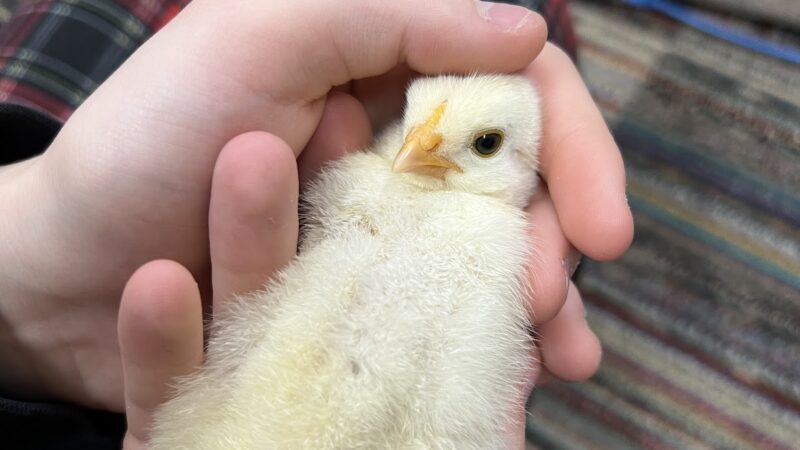
We started a series of early 2025 writings last week. As longtime CSA members know, the growing season isn’t simply about the day, week, or month we exist in. Soil building, animal care, and even farmer knowledge grow over the days, weeks, months, and years before the farming season. We hope the series shares our early season experiences and gives context for the food we’re growing for you today. This week, we share what we wrote in March and April.
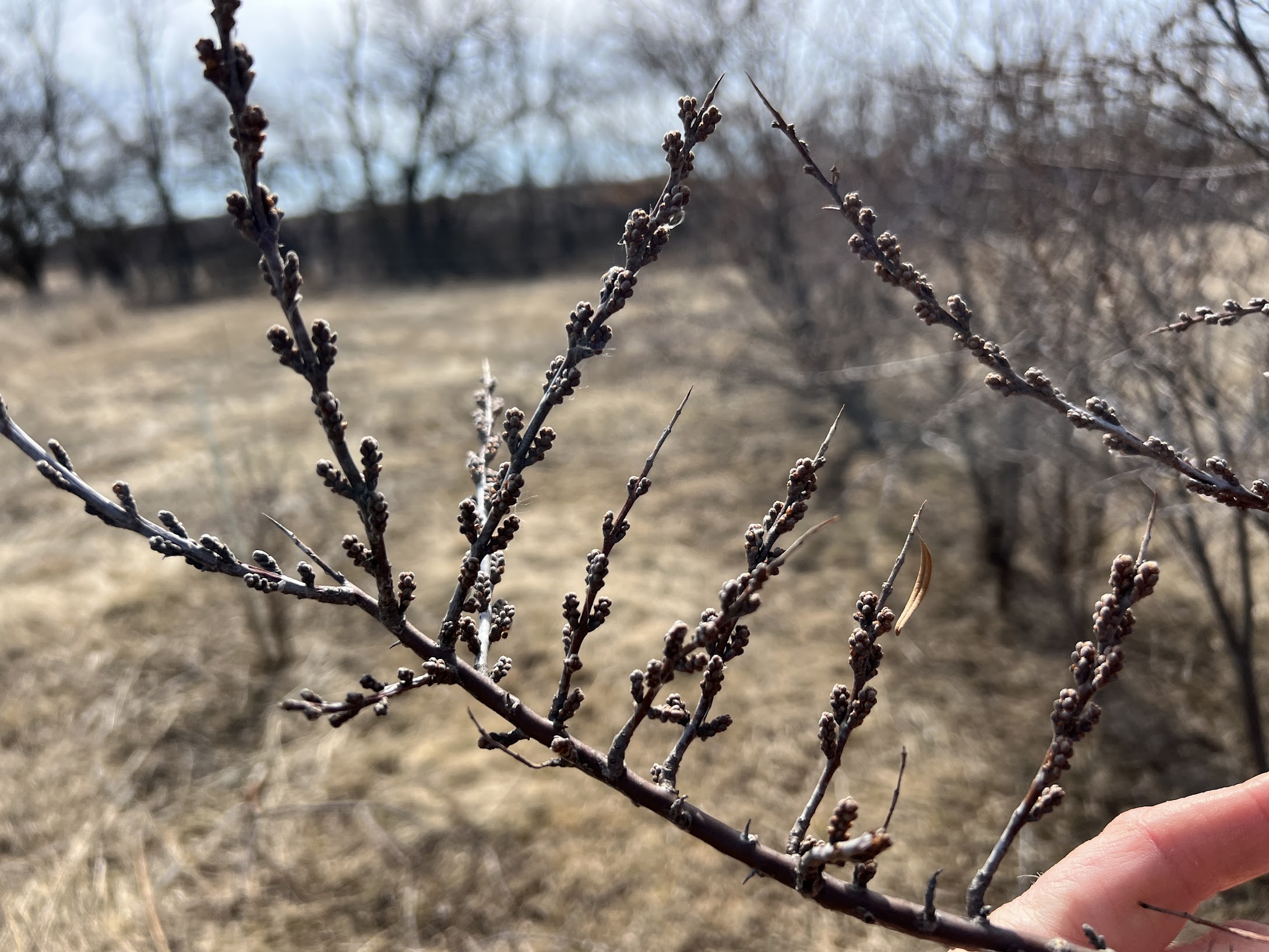
In March, our perennials work restarted throughout the farm. Saul was tasked with re-examining the yellow farm house orchard and developing a plan to integrate its management with our food forest management. He also revisited our perennial and silvopasture planting plans, developed in partnership with the Savannah Institute last year. This plan includes a goal of transitioning an additional 20% of our less productive crop land into regenerative agriculture by funding additional trees and shrubs, increasing our grazing herd, and hosting programs sharing this plan for transition with Liberty Prairie Reserve landowners. Like our initial Food Forest project, we hope to inspire others, through first-hand experiences and demonstration, how to manage local food production, improve watershed health, and build soil quality towards environmental stewardship in our watershed. When fully funded, we hope this work will begin in late 2025 / early 2026 as our farm field crop production (somewhat!) slows. In the meantime, Saul works to trim and care for the trees.
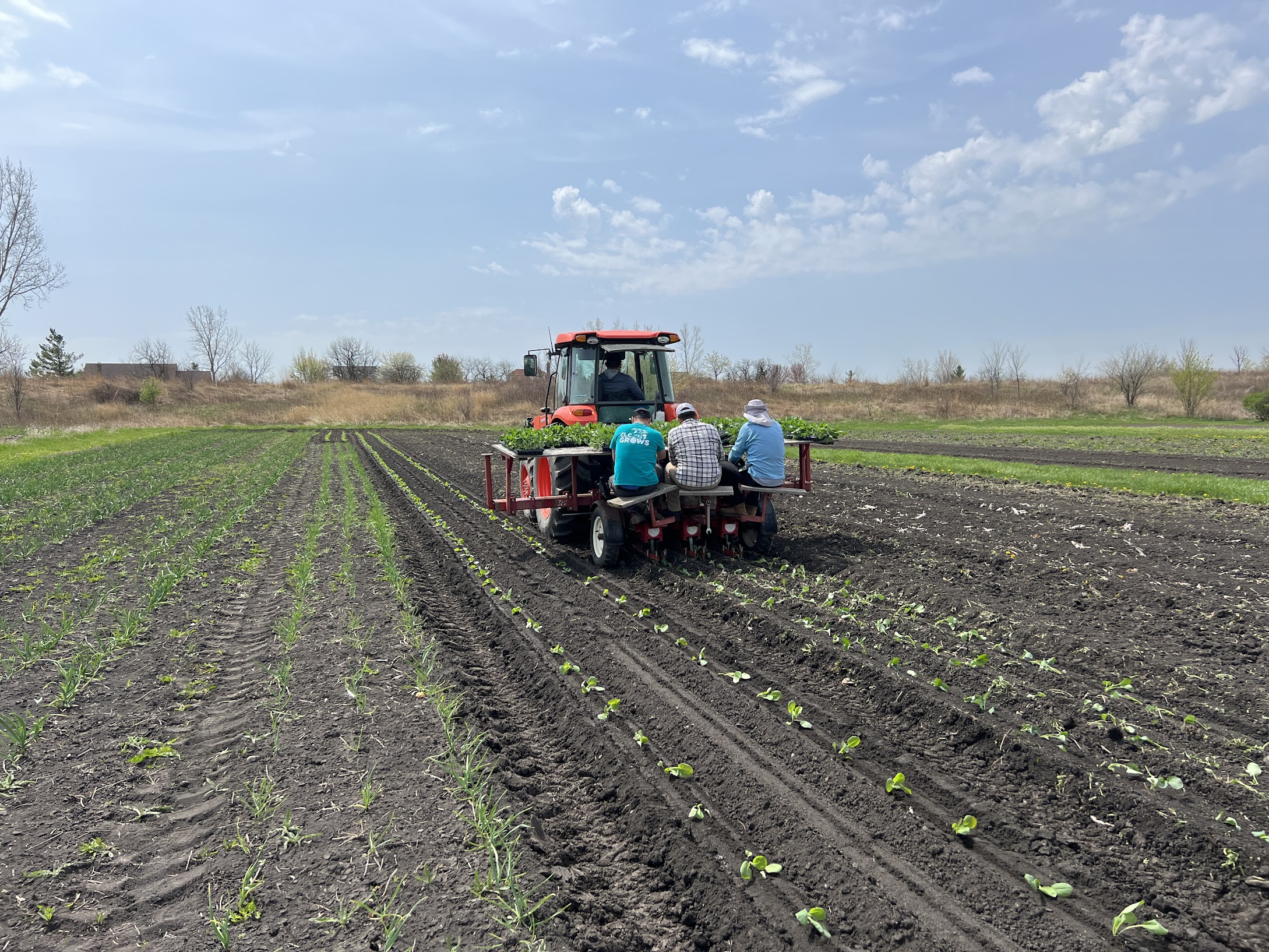
In March, we also welcome our farm team back to Chicago for the farming season. As many know, our farm team joins us for their third (Anacleto and Miguel) and fourth (Cleto and David) farming seasons. This year, in particular, navigating the visa process was challenging for all involved. Our team is worth the effort as they are essential team members in growing food on the farm. Their care and work always extend beyond what you might expect. Like Jeff and I, they feel the seasonal cycles when they return and instinctively know the work ahead. On our drive from the airport to the farm, the car is filled with stories exchanged about our families, mixed with questions of how seedlings are growing, about animal health, seasonal wildlife patterns, and questions about rainfall.
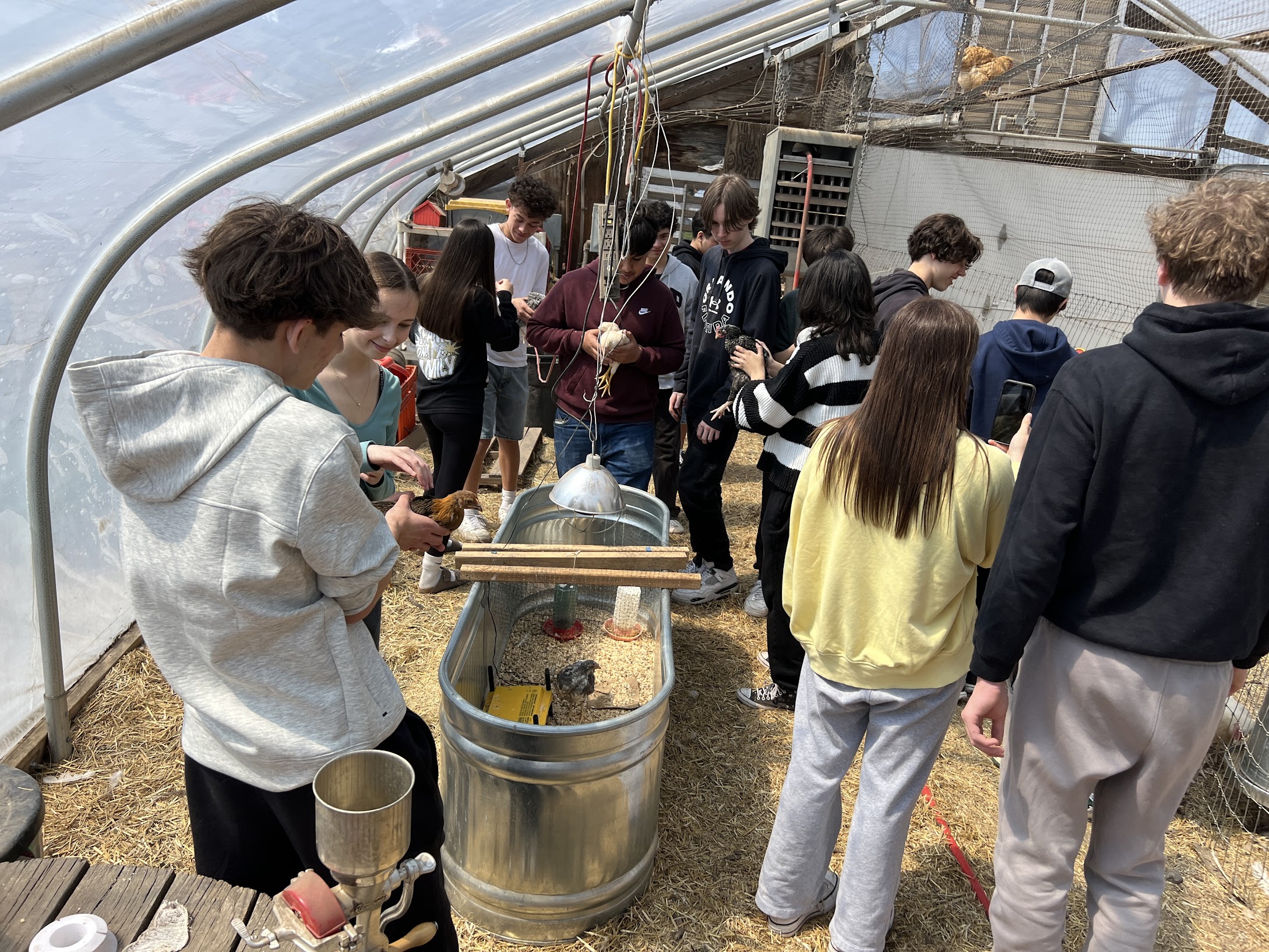
In April, we welcome nearly 300 students to the farm to assist in growing spring plants for the annual May spring plant sale. Jeff’s class chicks move from their temporary home in the school library back to their permanent home on the farm, and they are introduced to the flock slowly. This year, the introduction went a little quicker than anticipated when we found their inner crate knocked over one day and young pullets clinging to their roosts! The curiosity of the larger birds made everyone scramble to find their place. Luckily, the flock of chickens sorted out their pecking order quickly. During class, students also help open pastures filled with the first delicate green grasses of spring for the goats and sheep.
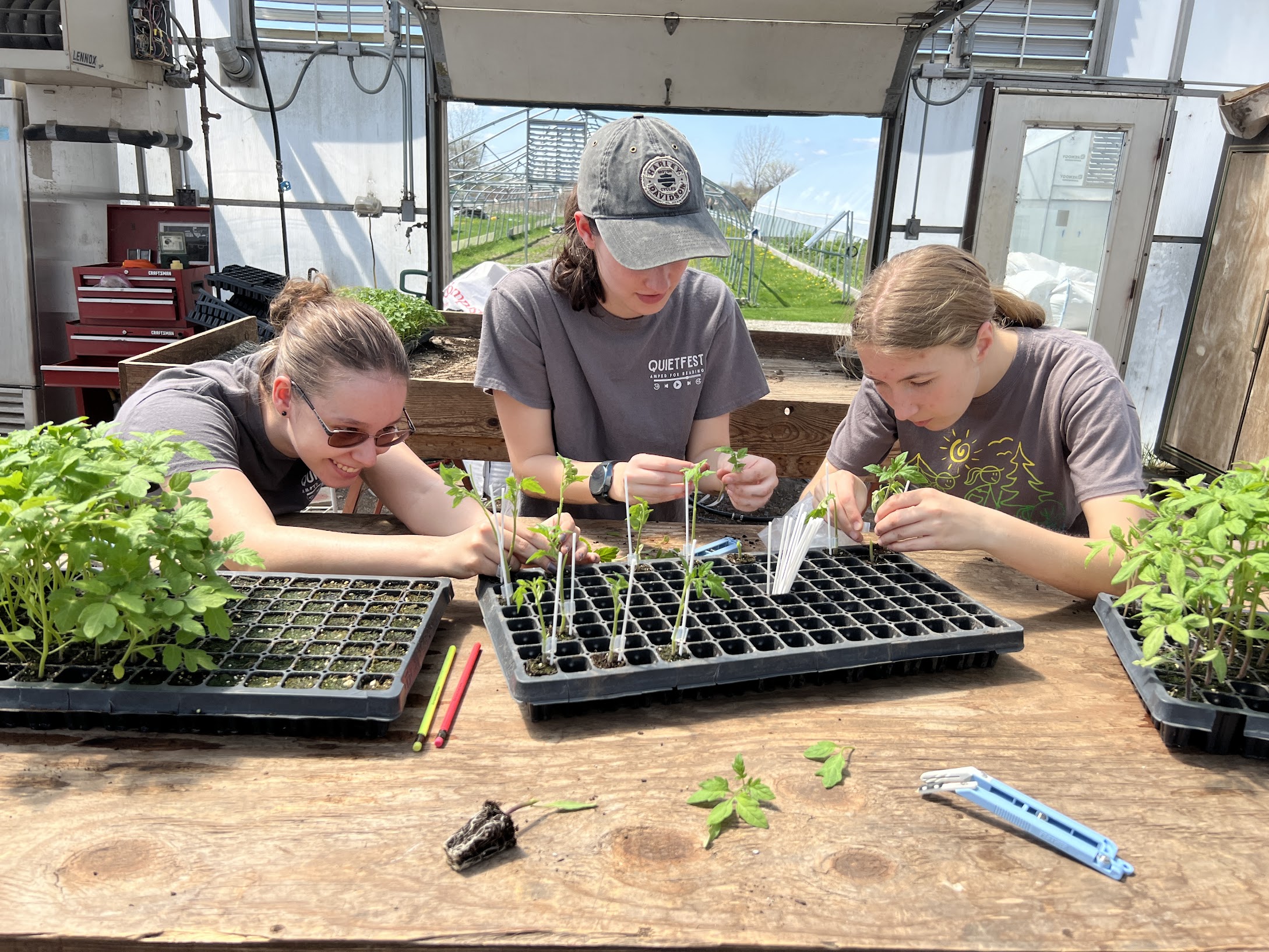
On weekends, Jeff’s interns turned to more detailed work, including grafting tomatoes, trimming hooves, and caring for a few early spring animal injuries due to (again) establishing a pecking order. We’re grateful for all the teamwork that goes into caring for the farm, from trees to seedlings, from crops to animals, from mornings to nights.
Your farmers,
Jeff, Jen, Cleto, David, Anacleto, Miguel & Saul
